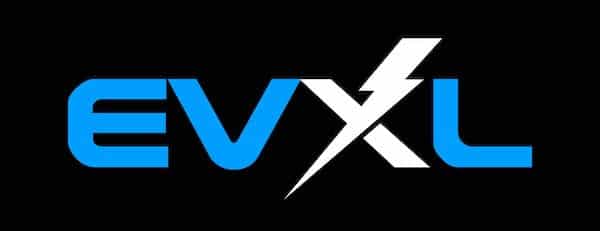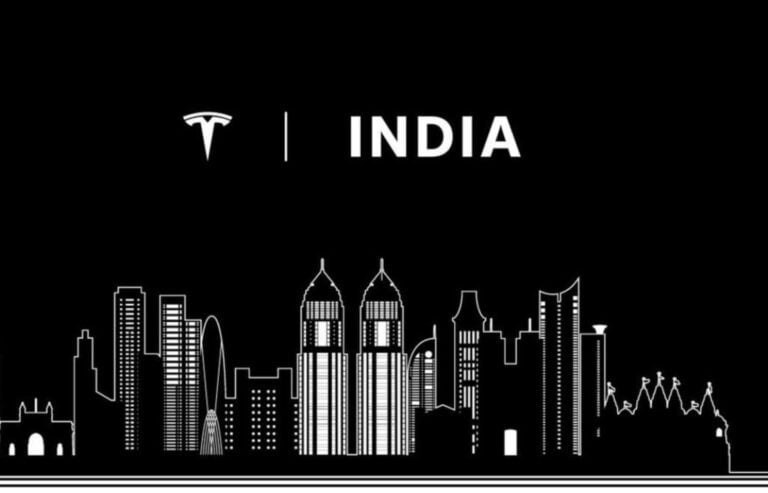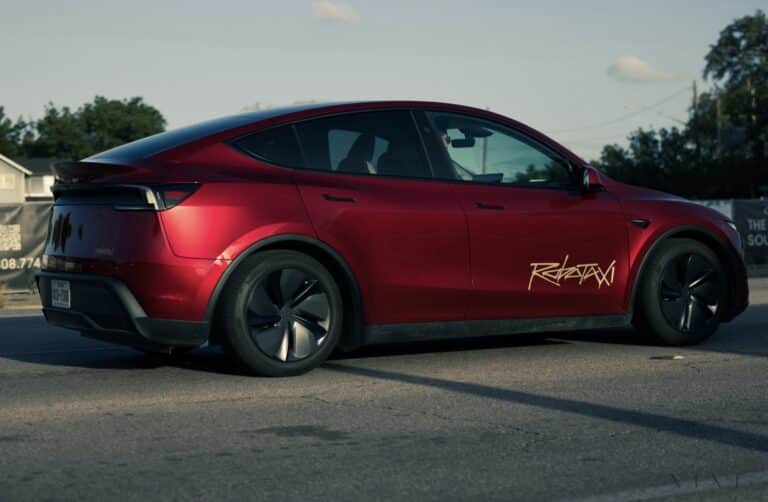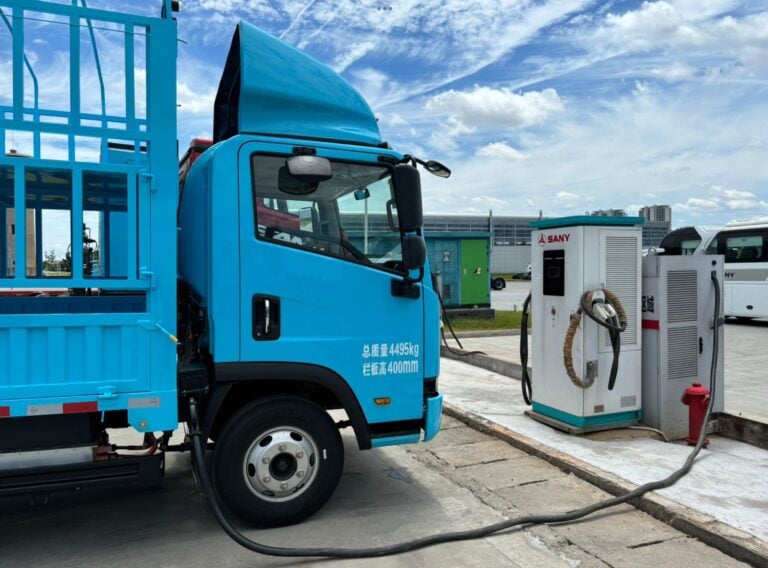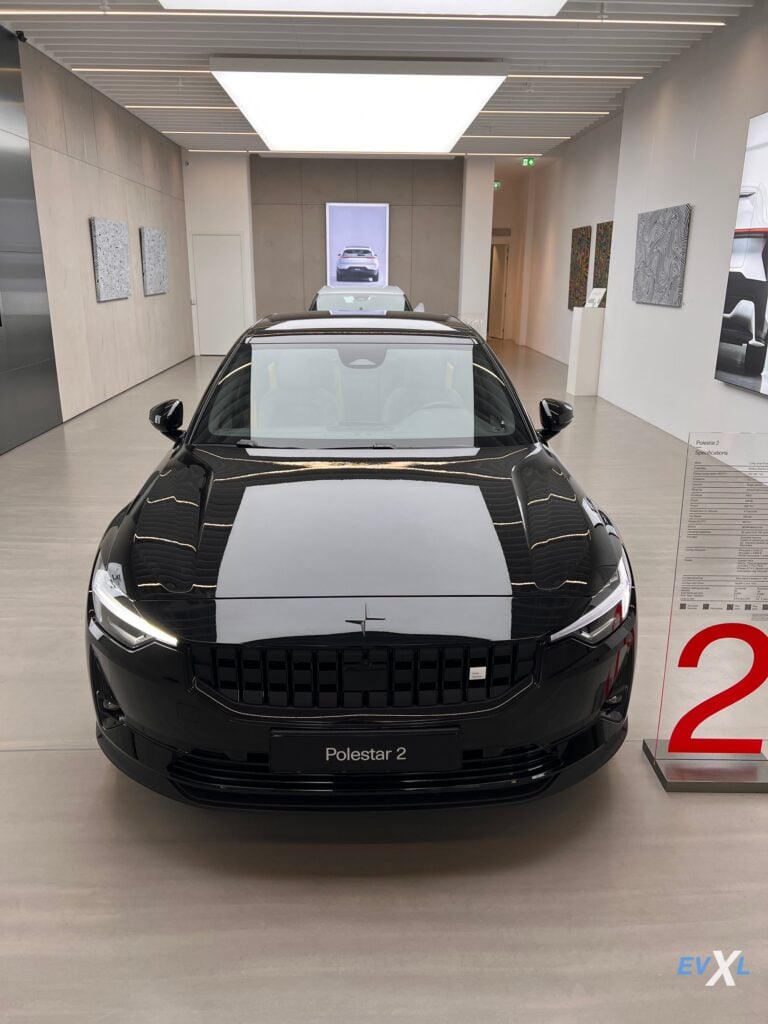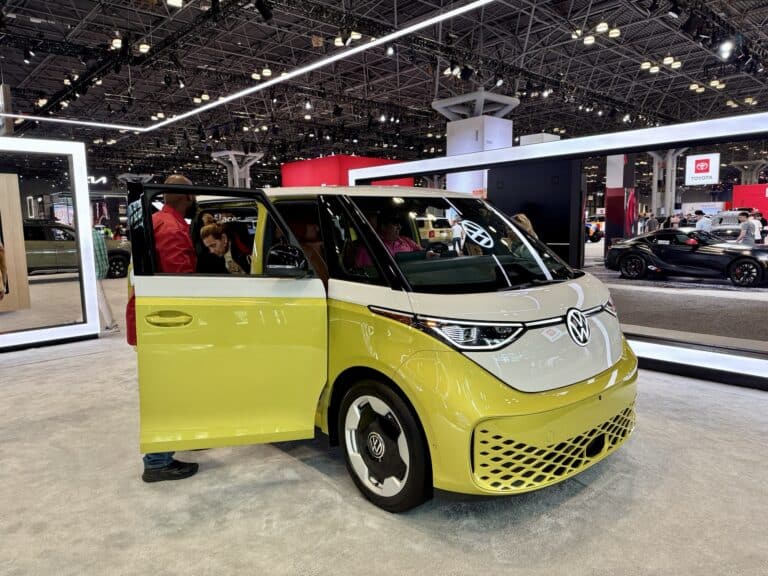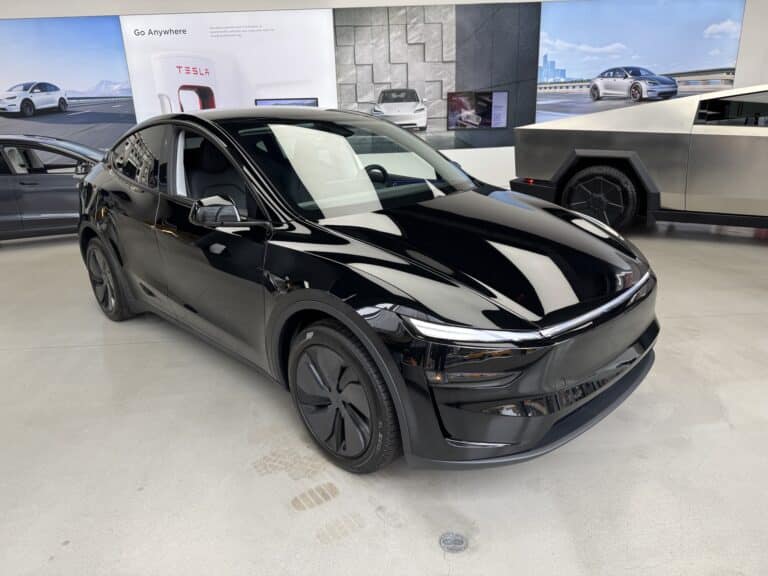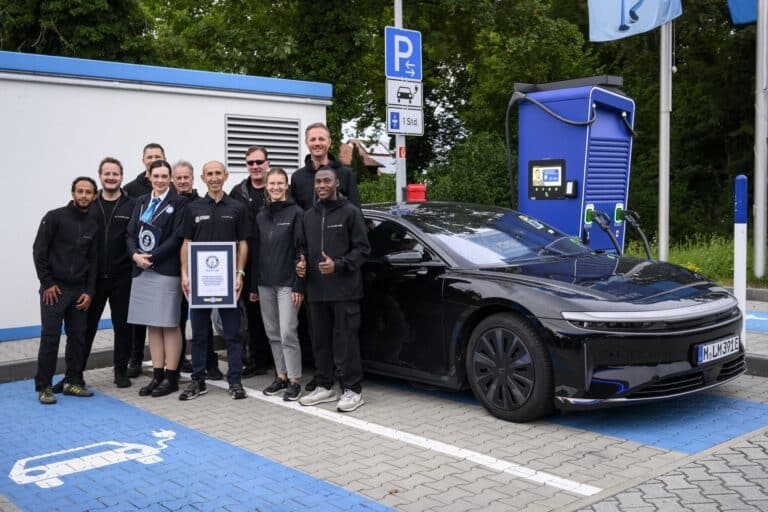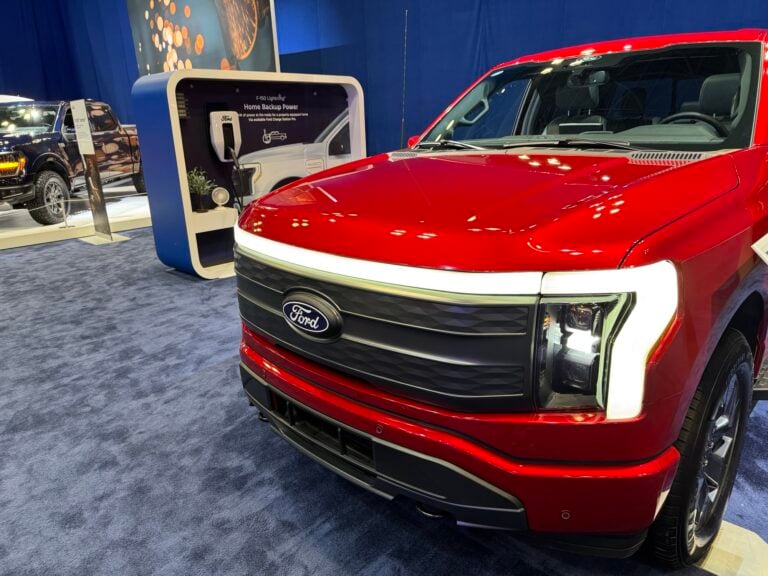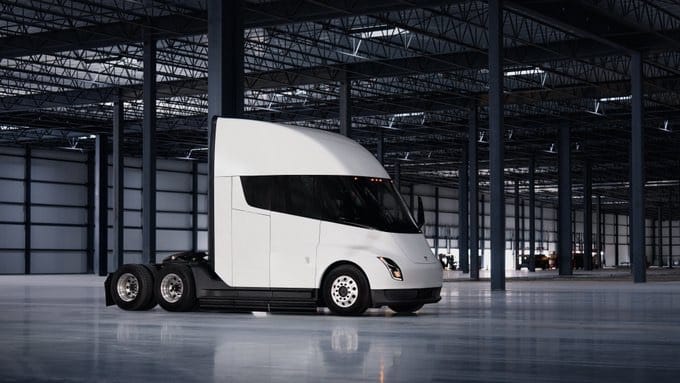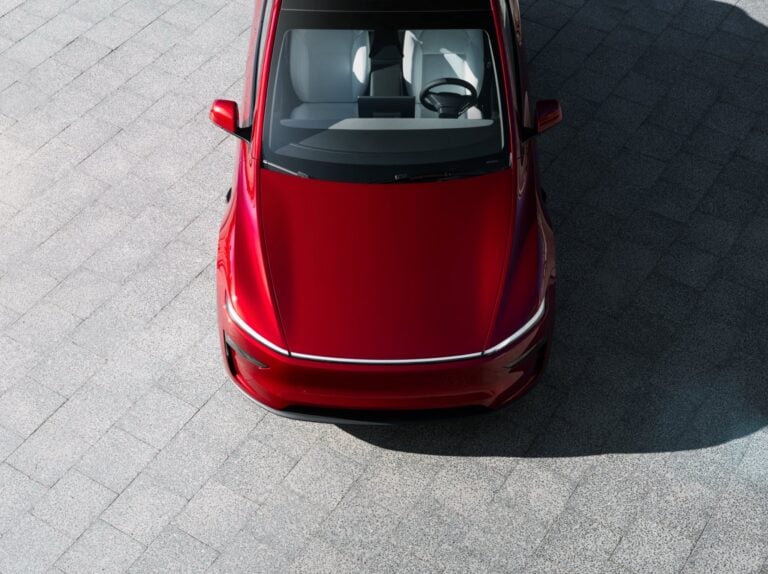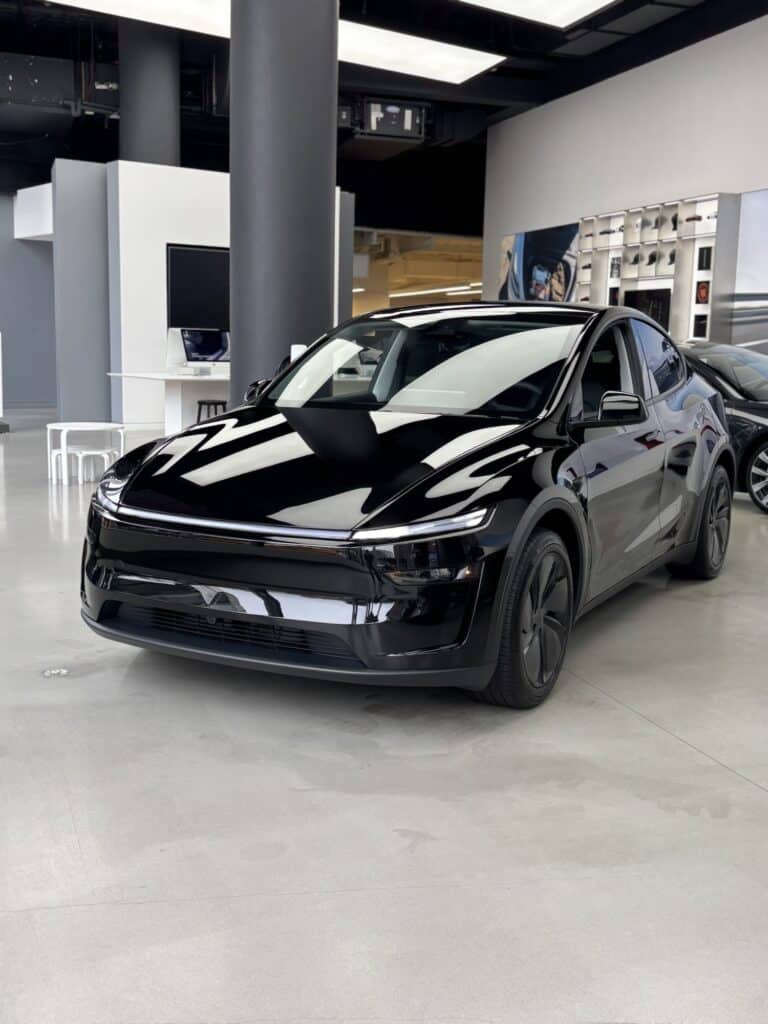Maryland is launching an ambitious expansion of its electric vehicle charging infrastructure, with plans to install 29 new fast-charging stations across state highways as part of a $30 million investment in zero-emission transportation. The Maryland Department of Transportation (MDOT) announced this week a request for proposals to establish charging locations every 50 miles along 23 major routes according to Inside Climate News.
The initiative builds upon Maryland’s initial $12.1 million investment from last summer, which funded 126 DC fast-charging ports across 22 locations. These stations, scheduled for completion by late 2025, will feature standardized equipment capable of simultaneously charging four vehicles with 24/7 accessibility. The expansion comes as Maryland’s electric vehicle registrations surge by approximately 2,500 units monthly, bringing the current total to over 120,000 EVs on state roads.
Maryland Transportation Secretary Paul J. Wiedefeld emphasized the strategic importance of the charging network: “This investment is about giving EV drivers confidence. With over 120,000 EVs already registered in the state—and that number growing every month—this helps us move toward a more electric, cleaner future.”
The program leverages federal funding through the National Electric Vehicle Infrastructure (NEVI) program, part of the broader $5 billion national initiative to establish 500,000 charging stations nationwide by 2030. Maryland’s allocation includes $63 million over five years, complementing the state’s aggressive goal of achieving net-zero carbon emissions by 2045.
MDOT’s approach extends beyond passenger vehicles. The state has secured additional funding for heavy-duty charging infrastructure along I-95, coordinating with Delaware, New Jersey, and Connecticut to support the electrification of commercial transport. This multi-state collaboration addresses both climate objectives and local air quality concerns near major transportation corridors.
The charging initiative aligns with rapidly accelerating EV adoption trends. U.S. electric vehicle sales exceeded 1.1 million units in 2023, with projections suggesting EVs could represent 50% of new vehicle sales by 2030. This growth trajectory has implications for major automakers investing in electrification, from Ford’s expanding charging network to General Motors’ commitment to an all-electric future.
Future phases of Maryland’s charging infrastructure plan will address “charging deserts” in residential and commercial areas, integrated within the state’s comprehensive Zero Emission Vehicle Infrastructure Planning (ZEVIP) initiative launching next year. This strategic approach acknowledges the critical relationship between transportation electrification and power grid capacity, with state utilities and regulators working to ensure infrastructure readiness.
Industry analysts note that Maryland’s comprehensive approach—combining highway corridor coverage with urban and suburban accessibility—could serve as a model for other states developing EV infrastructure. The program’s emphasis on equity through the federal Justice40 Initiative, which directs 40% of benefits toward disadvantaged communities, demonstrates how states can balance rapid deployment with inclusive access.
As the automotive industry continues its electric transformation, Maryland’s infrastructure investment highlights the essential role of public charging networks in supporting mainstream EV adoption. The success of this initiative could influence how other states approach their own charging infrastructure development, particularly in regions with similar population density and travel patterns.
Discover more from EVXL.co
Subscribe to get the latest posts sent to your email.
